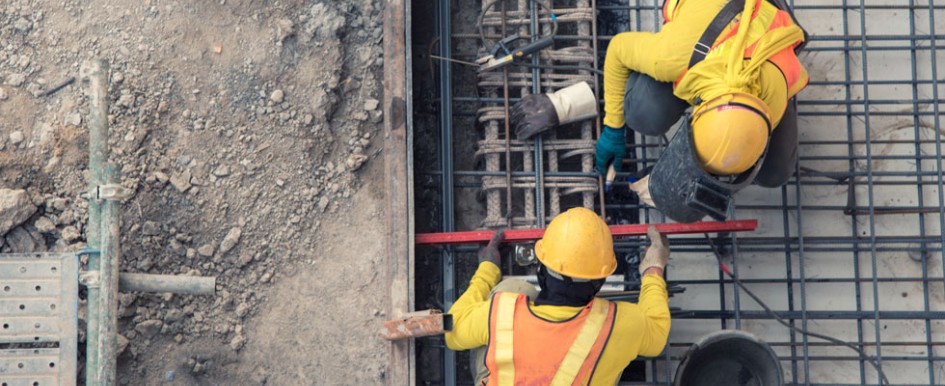
In an HBRC Journal study, results showed that the average cost overrun from change orders was as much as 11% to 15% of the original contract value for many construction projects. This could quickly make the difference between a job being profitable and nonprofitable for a construction company. However, sometimes, a change order is required through no fault of your own company. In these situations, it’s important that you:
- Understand the stakes associated with managing a construction order
- Have a methodology in place well before the order is actually required
Why Is Managing Construction Change Orders So Important?
Now, more than ever, it’s important to have a plan in place for managing construction change orders. Many construction companies have had to slow or halt operations due to COVID-19, and that means productivity and profit loss. Even as jobsites are opening up and people are going back to work, the future isn't certain.
Many clients may be rethinking their construction plans. This not only means potentially less work for you, but more change orders for projects that are ongoing.
Even in the event that you are able to start working, that may come at a price. In order to comply with social distancing measures, companies have to decide on one of two things:
- Keep working at a slower pace to account for smaller teams
- Invest in new technology and equipment to facilitate remote work
In either event, this means profit margins are already tight, and a bungled change order can just make things worse. On top of this current issue, there are also the standard reasons why construction change orders are important. These include:
- Customer satisfaction—Being able to accommodate a change midway can be the difference between a happy customer with a glowing recommendation and a public relations headache
- Timelines—If it takes too long to properly process a change order, you may end up missing critical deadlines
Managing Your Construction Change Orders More Effectively
So, with that in mind, what are some of the methods you can use to put together a better management plan for change orders?
1. Improve Your Methods of Estimation
One of the first things you want to do in order to properly handle change orders is fully understand what they cost your team. This is key not just to make sure it doesn’t happen again (if it’s avoidable), but also to see how it impacts your profit so you can change your overall strategy.
When you estimate how much a change order is going to cost you, you can break it down into three main items:
- Direct cost—This includes items directly impacted by the order. Examples include the cost of added materials, equipment, and labor. However, you may also need to include things like communication costs and the added setup and cleanup that may go with your new plan.
- Indirect cost—This is generally the overhead associated with the change and can either be a fixed or variable cost. This ultimately depends on how you do accounting.
- Consequential cost—This covers costs that occur at the moment due to the change order. For example, if you need to shift labor from one project to this one, how does that hurt you? If it causes you to cross over through seasons, does that apply?
2. Have A Better Workflow to Handle Change Orders
A change order may automatically represent a bit of friction between your clients and your team, so it’s important that you have a set of best practices in place your team can follow. This can vary based on your niche and needs, but here are some good standard points.
- Make sure that you’re using forms that are consistent and easy to read
- Make sure that you calculate costs in terms of universal labor units
- Provide a template order to your new, existing clients so they know what to expect
3. Make This Process Clear in Your Contract
Equally important to keeping things professional is making sure that language regarding change orders is clearly outlined in your contract.
How long after initial submission does your company have to act on the order? What qualifies as excessive requests? Make sure that the client fully understands what they are and are not entitled to before working with you.
4. Implement Construction Management Software & Mobile Apps
At some point, though, you’re going to be working at a scale beyond what you can feasibly keep track of in person. This is one of the key reasons why technology needs to be introduced. For example, if you invest in construction management software, you can not only keep track of what an order requires, but quickly distribute all the information to the key members of your team.
In addition, this software can reduce the chance of you needing a change order in the first place, if it’s due to user error.
This is largely done through automatic auditing measures. The tasks that each worker does on each site are entered into the system, making it far easier to determine when something happens that shouldn’t before things get out of control.
In addition, because you have a formal record and reports, these are details that can easily be sent to your client. If there is an argument over who is responsible for a change order, you have evidence to defend your work.
Handling construction change orders effectively is not just less of a headache for your team, but also a greater benefit for your bottom line. Make sure that you and your team are using all the methods at your disposal to make things easier.
